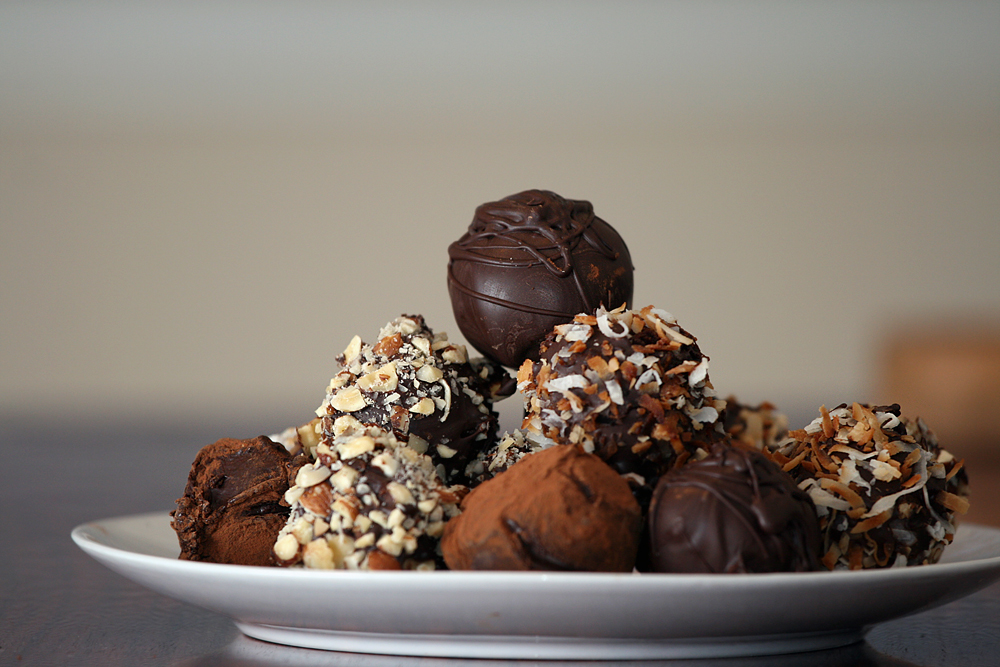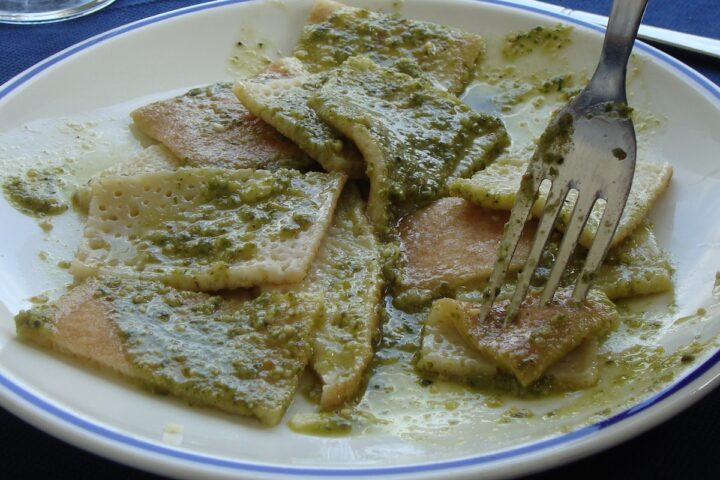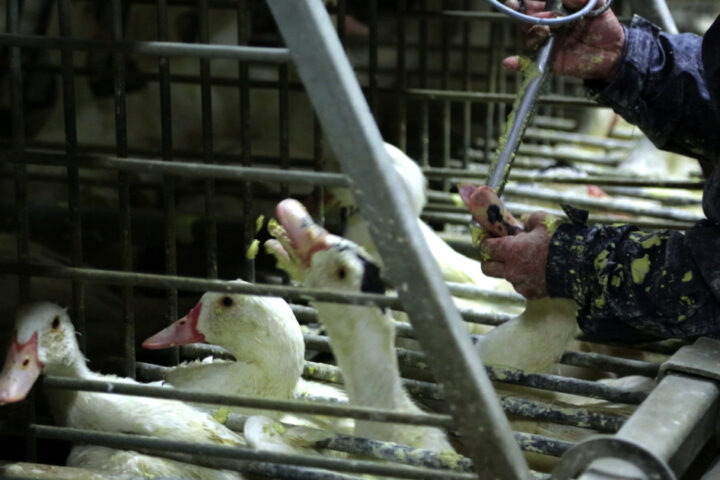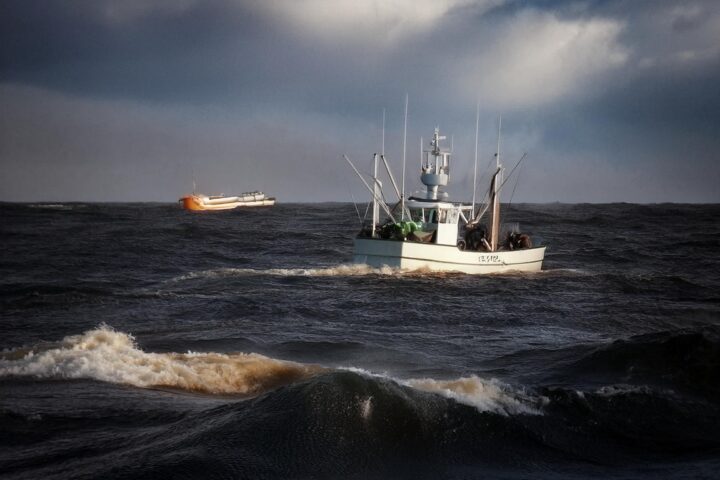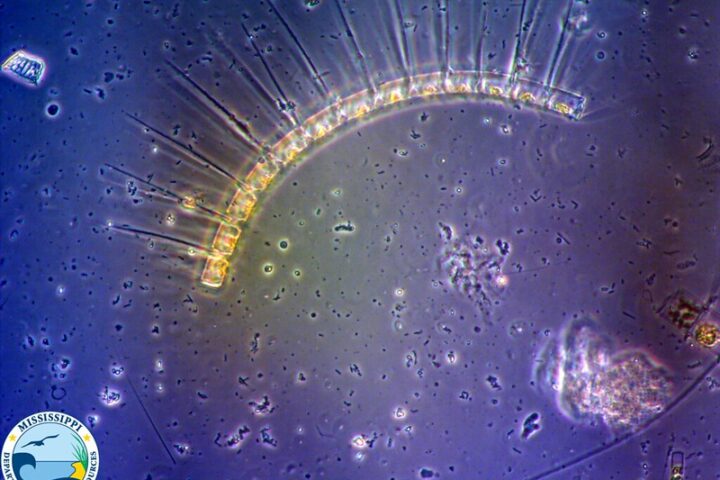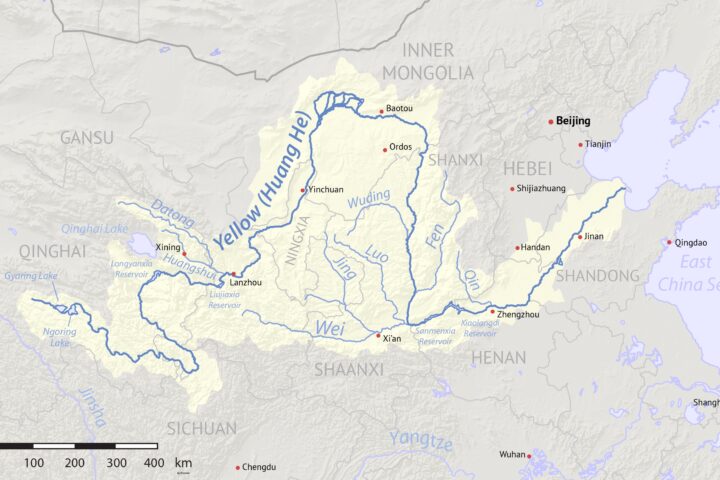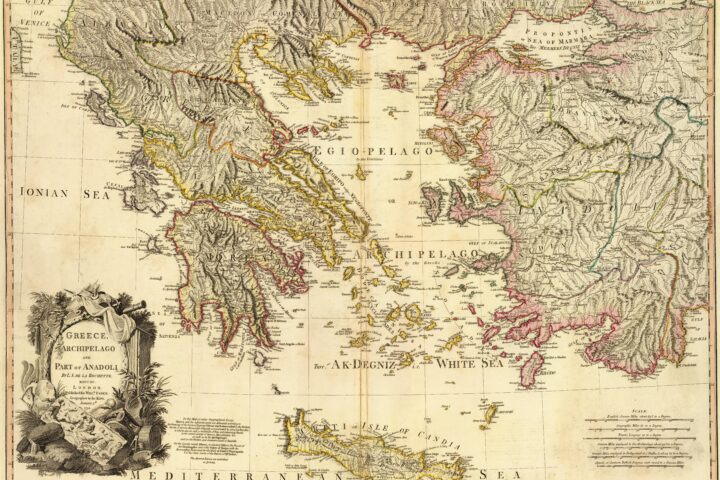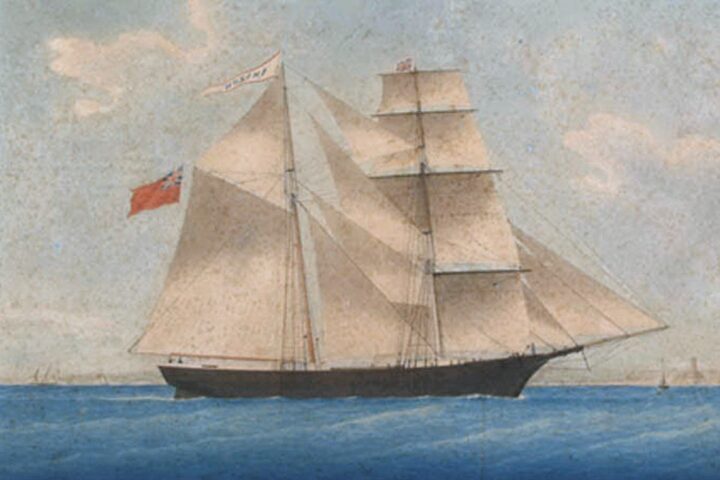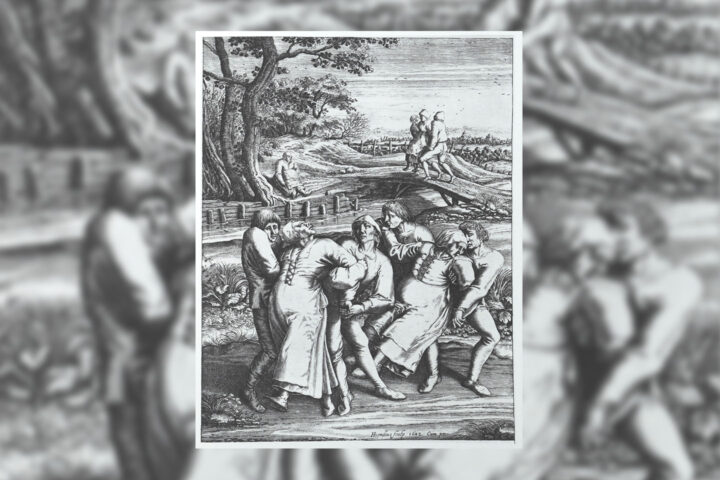Source: Wikimedia_Truffles_with_nuts_and_chocolate_dusting_on_plate_By David Leggett – originally posted to Flickr as Truffles, CC BY 2.0
Introduction
For many centuries, truffles have fascinated the world’s palate. With their distinctive aroma, rich flavors, and scarcity, truffles are like edible gold for culinary fantasies and dreams. From ancient Roman feasts to modern gourmet kitchens, truffles have always been one of those exclusive delicacies people sought after and respected for their exquisite taste.
This article explores the remarkable world of truffles: their history, characteristics, types, harvesting, culinary use, and problems in their culture.
A Brief History of Truffles
History of Truffles Tracing the history of truffles, one goes back to the ancient civilization. The Roman naturalist Pliny the Elder wrote in his work “Natural History” that truffles were “food of the gods.” The Romans believed that the truffle was made when lightning struck earth and association occurred with fertility and prosperity.
During the Middle Ages, truffles were often considered a delicacy enjoyed by the wealthy and powerful. They were believed to have medicinal properties and were used in various remedies. Truffles were also associated with witchcraft and superstition, and some believed that they could predict the weather.
In modern times, truffles have continued to be highly prized and sought after. Their unique flavor and aroma have made them a staple in gourmet cuisine, and they are often used in dishes such as pasta, risotto, eggs, and meat.
Characteristics of Truffles
Truffles are a type of mycorrhizal fungus, meaning that they grow in a symbiotic relationship with the roots of trees. They occur underground, from 3 to 15 inches deep. Their aroma is very distinct, often described as earthy, musky, or pungent. Their flavor is deep and nutty, slightly sweet.
There are several truffle species, with each offering a slightly different characteristic. Some of the more common types include;
- Perigord truffle (Tuber melanosporum): This is considered one of the most prized truffle types for its strong smell and rich flavor.
- Alba truffle (Tuber magnatum): It is appreciated for its weak smell and sweet taste.
- Summer truffle (Tuber aestivum): This type of truffle has a relatively mild flavor when compared to the Perigord and Alba truffles.
- Black truffle (Tuber uncinatum): This truffle is of the same variety as the Perigord truffle but has a distinct aroma and taste.
Harvesting Truffles
Truffle harvesting is challenging as well as labor intensive. In the traditional method, a dog or a pig that has been trained is given scents that find these truffles as they are buried under a vast area of ground.
Truffles have been lately utilized with technology in harvesting. Some truffle growers have used drones that carry special sensors to determine if there are truffles. However, these are still being taken with the aid of dogs and pigs.
Culinary Applications of Truffles
Truffles are very versatile ingredients. They can be used in many dishes, and they are mostly grated over pasta, risotto, or eggs just to bring out the flavor. A bit of truffle can be added to make sauces, soups, or stews.
Truffles are a favorite product in gourmet cuisine, and they are mostly served in high-quality dining restaurants. The usage of truffles can be in terms of being an appetizer, main course, or dessert.
Hindrances in Growing Truffles
Growing truffles is risky and demanding work. Truffles take a lot of time to develop and have certain environmental conditions. They require the right soil, climate, and species of tree where they may be planted.
Another challenge associated with truffle growing is pests and diseases. Truffle flies, weevils, and other pests could damage the truffle mycelium, which reduces the yield. Truffles are prone to such diseases as truffle root rot.
The Future of Truffles
Despite the challenges associated with truffle cultivation, there is a growing interest in producing truffles commercially. As demand for truffles continues to increase, more and more growers are exploring the possibility of cultivating these valuable fungi.
Advances in technology may also help to address some of the challenges of truffle cultivation. For example, researchers are developing new techniques for propagating truffle mycelium and improving truffle yields.
In fact, truffles are a very exciting and highly prized food product. The exclusive aroma, with depth of flavor, and rarity place these products at the pinnacle of luxury goods; thus, it is advisable that the demand for this rising product will not reduce and that these underground gems will remain one of the most sought-after delicacies in generations to come. The
Sustainable Future of Truffles
Truffle demand is on the increase; the concerns are then about its sustainability. Over-harvesting as well as habitat destruction have threatened some of these truffle species’ populations. Thus, there comes a growing emphasis on sustainable truffle cultivation and conservation.
Sustainable Truffle Cultivation
Practices that minimize environmental impact and can ensure that truffle populations remain viable over the long term are part of sustainable truffle cultivation. Some of these key principles include:
- Habitat conservation: Trufflers will conserve and also replenish natural habitats that favor the growth of truffles. Forest, woodland, and other substrates with ecological conditions will be preserved.
- Organic farming: Organic farming of truffles inhibits synthetic pesticides, chemical fertilizers, and other poisonous materials. Organic farming therefore aids in advocating soil health and biodiversity.
- Biodiversity development: Good truffle farmers should, therefore, seek to create diverse ecosystems that harbor a high variety of species of plants and animals. Diverse plantings of trees allow the suppression of monocultures while also fostering natural regeneration.
- Water conservation: Truffles require adequate moisture to grow, but excessive irrigation would lead to soil erosion and water pollution. Thus, sustainable truffle development involves effective water management practices, like drip irrigation and harvesting of rainwater.
Truffle Conservation
The main objective of truffle conservation efforts is to protect and restore wild truffle populations. Key to this end are measures against such threats as the destruction of habitats, overharvesting, and climate change. Some of these strategies include:
- Protected areas: Creation of protected areas where truffle habitats are preserved and managed for conservation purposes.
- Habitat restoration: Restoring degraded truffle habitats through reforestation, soil improvement, and other measures.
- Monitoring and research: Conducting research to better understand the ecology and distribution of truffle species, as well as the threats they face.
- Community involvement: Engaging local communities in truffle conservation efforts to promote awareness and stewardship.
The Role of Technology in Truffle Sustainability
Technologically, sustainability truffles can be enhanced, for instance, with drone monitoring of the habitats and detection of any degradation in them. Advanced forms of data analysis can then help identify suitable conditions for truffle growth in certain areas and predict the impacts of climatic change.
Another is through biotechnology, in which new truffle strains can be engineered to be more resistant to pests, diseases, and environmental stress factors. This can contribute positively to the increase of truffle yields while reducing the need for intensive cultivation practices.
The Future of Truffles
The futures of truffles are uncertain, yet the need to conserve these fungi surely should be increasingly recognized. By adapting to sustainable cultivation practices and effective conservation measures, we will help the good health of these valuable fungi prevail for coming generations.
As demand for truffles continues to increase, it is essential that the industry adopts responsible and ethical practices. This includes supporting sustainable truffle cultivation, promoting fair trade, and combating illegal truffle harvesting.
Conclusion: Truffles are an interesting and valuable culinary ingredient with thousands of years of history. Through protection and conservation of truffles by concerted efforts, their populations will thrive for a long time in the future.
Sources:
- https://bultruffe.com/summer-truffle-hidden-gem-culinary-world/
- https://www.kulturarestaurant.com.mx/en/post/secrets-of-truffles
- https://www.hindustantimes.com/lifestyle/recipe/truffles-not-a-trifle-matter-in-the-culinary-world-101612293887847.html
- https://www.hillcountrychocolate.com/blogs/chocolate-and-confections-1/truffles?srsltid=AfmBOopS7iZSs_9xtQyNAVXRNeXjW3CVF3e4HoSb6fy67-Q1FJ08jNQv

